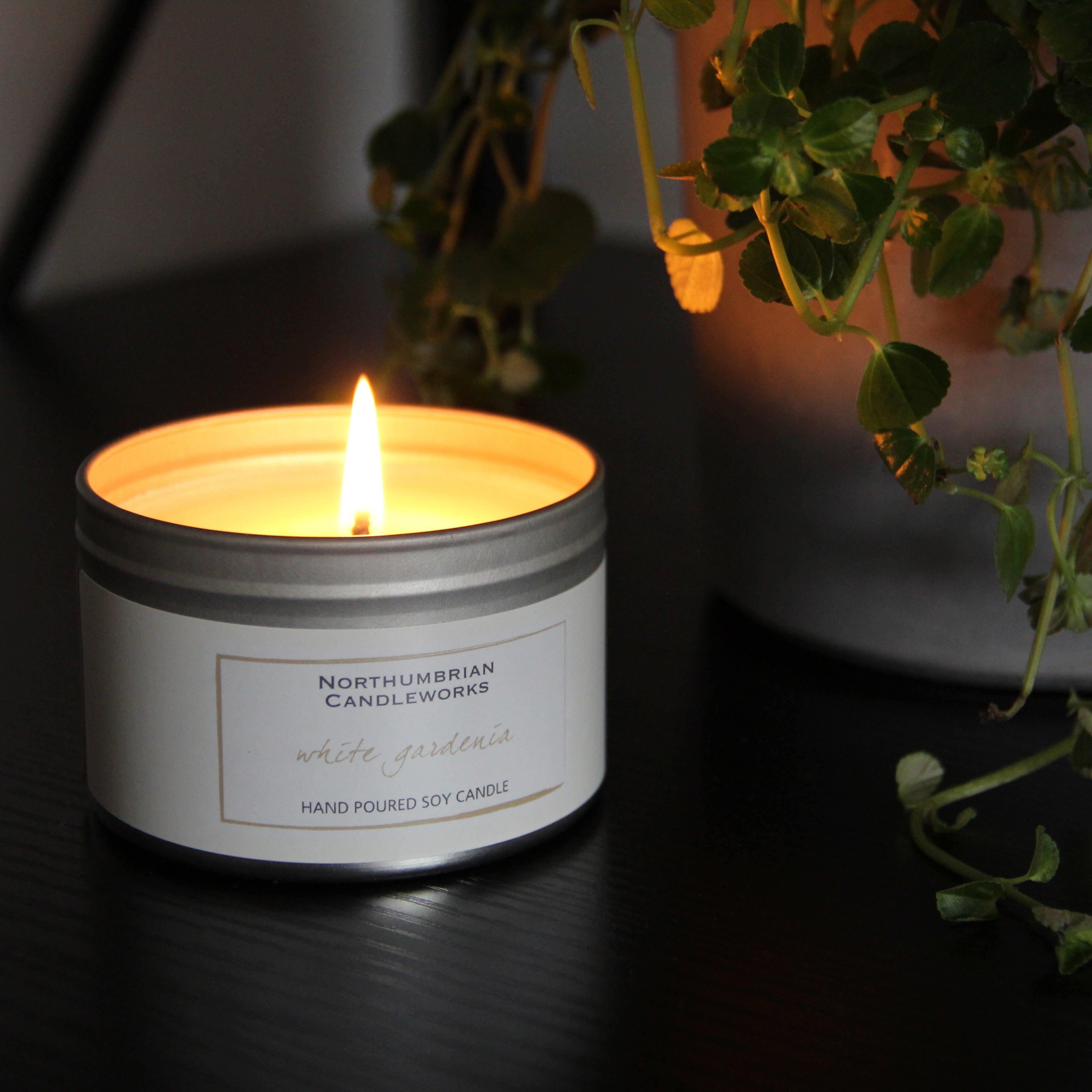Discover the Magic of Crystal Soy Candles and Home Fragrance
Wiki Article
From Wick to Wax: Recognizing the Chemistry Behind Soy Wax Candles and Their Ecological Impact
As we brighten our spaces with the warm glow of candles, there exists a realm of intricate chemistry behind the apparently easy act of lighting a soy wax candle light. The selection in between soy and paraffin wax expands past mere appearances, diving right into the realm of ecological influence and the extremely make-up of the materials. Recognizing the molecular framework of soy wax and its burning process loses light on the emissions launched right into our surroundings. Join us as we unravel the clinical complexities behind soy wax candle lights and discover their effects on our environment.Soy Wax Vs. Paraffin Wax
When comparing soy wax and paraffin wax for candle production, it is necessary to comprehend the distinctive attributes and advantages of each material. Soy wax is an all-natural, renewable energy derived from soybean oil, making it naturally degradable and environment-friendly - soy candles. In contrast, paraffin wax is a by-product of oil refining, which elevates issues regarding its ecological impact and sustainabilitySoy wax candles burn cleaner and discharge less soot compared to paraffin wax candle lights, making them a much healthier selection for interior air high quality. Furthermore, soy wax has a reduced melting factor, allowing for a longer-lasting candle light that disperses scent more effectively. Paraffin wax, on the other hand, has a tendency to melt faster and much less easily, possibly launching unsafe chemicals right into the air.
From a sustainability viewpoint, soy wax is preferred for its biodegradability and eco-friendly sourcing, lining up with the growing consumer preference for environmentally conscious items. While paraffin wax has been a typical selection in candle light making due to its price and ease of usage, the shift towards environmentally friendly options like soy wax is getting momentum in the sector.
Chemical Structure of Soy Wax

Combustion Process in Soy Candles
The chemical structure of soy wax directly affects the burning procedure in soy candle lights, influencing factors such as burn time, fragrance launch, and environmental impact. When a soy candle light is lit, the warmth from the fire thaws the wax near the wick. This liquid wax is then created site web the wick due to capillary action. As the fluid wax gets to the flame, it goes through and vaporizes burning. The combustion process includes the vaporized hydrocarbons in the wax reacting with oxygen airborne to generate heat, light, water vapor, and co2.
The burning performance of soy candles is affected by the pureness of the soy wax and the quality of the wick. Furthermore, soy wax candles have a reduced environmental impact compared to paraffin candle lights due to their eco-friendly and naturally degradable nature.

Ecological Advantages of Soy Wax

Thought about a sustainable choice to traditional paraffin wax, soy wax uses noteworthy ecological advantages that make it a preferred option among eco-conscious consumers. Soy wax burns cleaner and produces much less residue than paraffin wax, contributing to much better interior air high quality and minimizing the demand for cleaning and upkeep. official source Generally, the environmental advantages of soy wax line up with the expanding demand for lasting and eco-friendly products in the market.
Recycling and Disposal Factors To Consider
Reusing and appropriate disposal of soy wax candle lights play a vital function in maintaining environmental sustainability and decreasing waste in homes and neighborhoods. When it comes to recycling soy wax candle lights, the first action is to make certain that the candle light has shed entirely.
In regards to disposal, if recycling is not a choice, soy wax candles are naturally degradable and can be safely taken care of in most family waste systems. It is always recommended to check with local recycling centers or waste administration solutions for certain guidelines on candle light disposal to make certain appropriate handling and environmental defense.
Verdict
In verdict, the chemistry behind soy wax candle lights discloses their environmental benefits over paraffin wax candle lights. Soy wax, derived from soybean oil, burns cleaner and creates much less residue when contrasted to paraffin wax.When comparing soy wax and paraffin wax for candle making, it is necessary to comprehend the distinct features and advantages of each material (soy wax candles).Soy wax candles shed cleaner and discharge less soot contrasted to paraffin wax candle lights, making them a healthier option for indoor air high quality.Taken into consideration a sustainable option to standard paraffin wax, soy wax offers notable environmental benefits that make it a popular choice among eco-conscious customers. Soy wax burns cleaner and produces less soot than paraffin wax, contributing to better interior air top quality and minimizing the demand for cleansing and maintenance.In verdict, the chemistry behind soy wax candle lights discloses their ecological benefits over paraffin wax candle lights
Report this wiki page